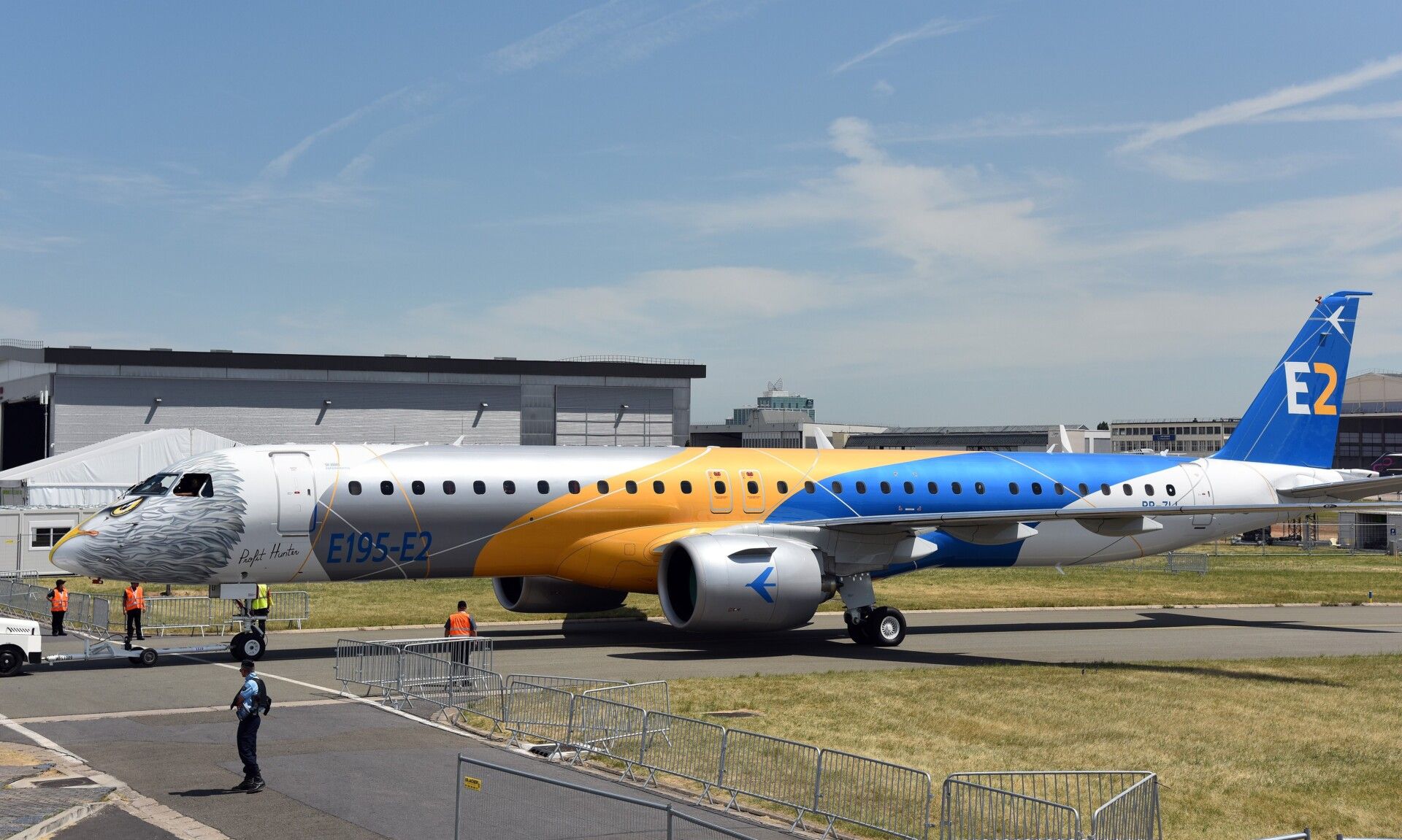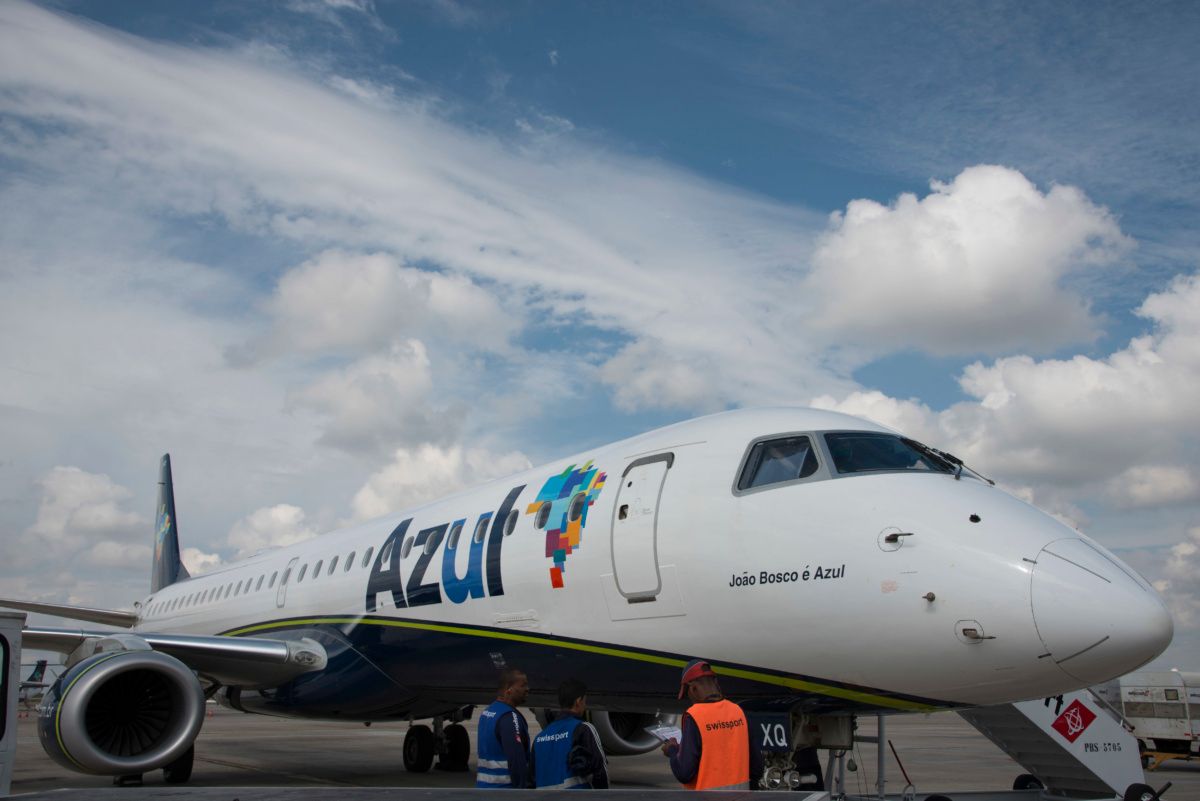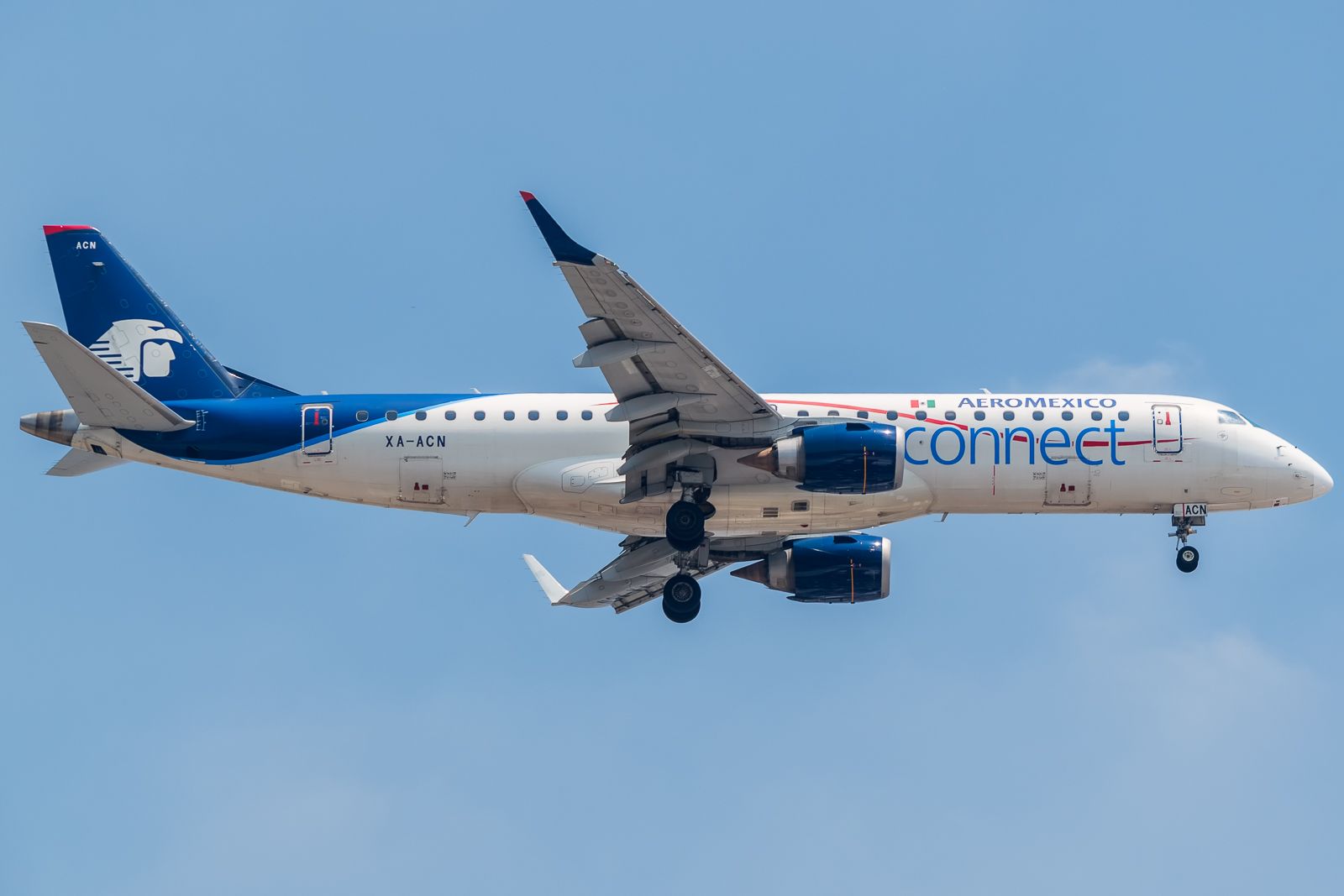The Brazilian OEM Embraer expects the Latin American and Caribbean region to need 2,400 new aircraft by 2040, according to its latest market outlook. There’s an excellent opportunity to introduce new aircraft types for greater fleet versatility in this region, said Embraer. Let’s investigate further.
Big growth in the region
Latin American & the Caribbean has one of the most untapped markets in the world. Many countries average less than one trip per capita every year, making the region fertile for airlines to attract new travelers consistently.
Actually, that’s one of the strategies of low-cost carriers in Latin America, creating a new market by taking passengers off the bus lines rather than competing with legacy airlines. Embraer understands there are many underserved low and medium density cities with poor or no air service.
These markets are perfect for Embraer’s portfolio of aircraft. The Brazilian OEM believes the turboprop and up to 150 seats jets segments could have up to 940 new deliveries in the next two decades. Latin America & the Caribbean account for 8.0% and 8.8% of the future deliveries of both segments worldwide until 2040, said Embraer.
Orders & deliveries have been slow
In the last decade, the number of orders and deliveries has been growing slowly, and sometimes even flat, in the Latin American and Caribbean region, said Embraer.
Within the market outlook, the company explained,
“The failure to adequately develop air travel connectivity throughout Latin America has impeded economic prosperity in the region for decades. The need for more cohesive commercial airline networks will become more urgent post-pandemic.”
Brazil has been the highlight in Latin America for the last ten years. The key to its growth was providing more reliable, convenient, and affordable air service to medium and small communities. According to Embraer, these markets have been eager to attract economic development. Nevertheless, their size did not justify the use of larger aircraft, and the answer has been the introduction of smaller-capacity jets. Therefore, the number of aircraft up to 120 seats in Brazil grew from 7% in 2008 to 31% in 2019.
Nonetheless, in other markets like Mexico, Colombia, and Argentina, the segment of jets up to 120 seats have lost its presence. In 2008, 59% of Mexico’s fleet was composed of jets with up to 120 seats; now, the percentage is only 34%. In Colombia, the decrease was from 57% to 20% and from 24% to 17% in Argentina.
Stay informed: Sign up for our daily and weekly aviation news digests.
Embraer’s biggest challenge
Despite its Latin American roots, Embraer is not the region’s leading OEM. Nor is it Boeing. Airbus has nearly 60% of the unfilled orders in the Latin American region, thanks to its dominance among the low-cost carrier segment.
Earlier this week, Airbus increased its unfilled order market share in Latin America following Indigo Partners’ massive 255 aircraft order. Volaris will receive 39 new A321neo and JetSMART 23.
Therefore, Embraer’s challenge in Latin America will be to find new customers. Currently, it only has one order in the region, with Brazil’s Azul. Nonetheless, there are a few carriers that could, if needed, renew their E-jet’s fleets. Aeromexico and Aerolíneas Argentinas come to mind.
Additionally, Embraer could push its sales towards the low-cost segment, which is thriving in the region. Embraer’s new turboprop could be perfect for the Latin American carriers. Finally, Embraer’s EVE VTOL program is also increasing its share in the area.
What should Embraer do to improve its sales in the Latin American region? Let us know in the comments below.



